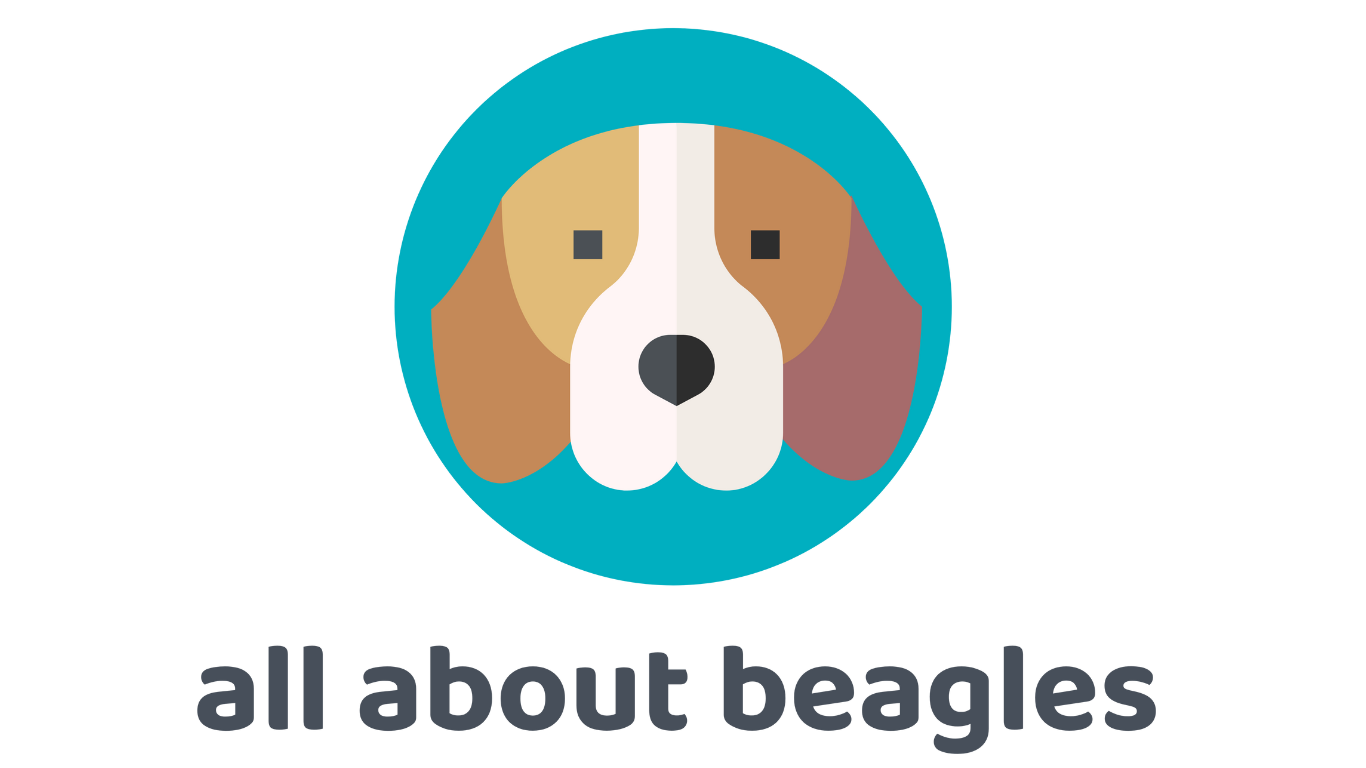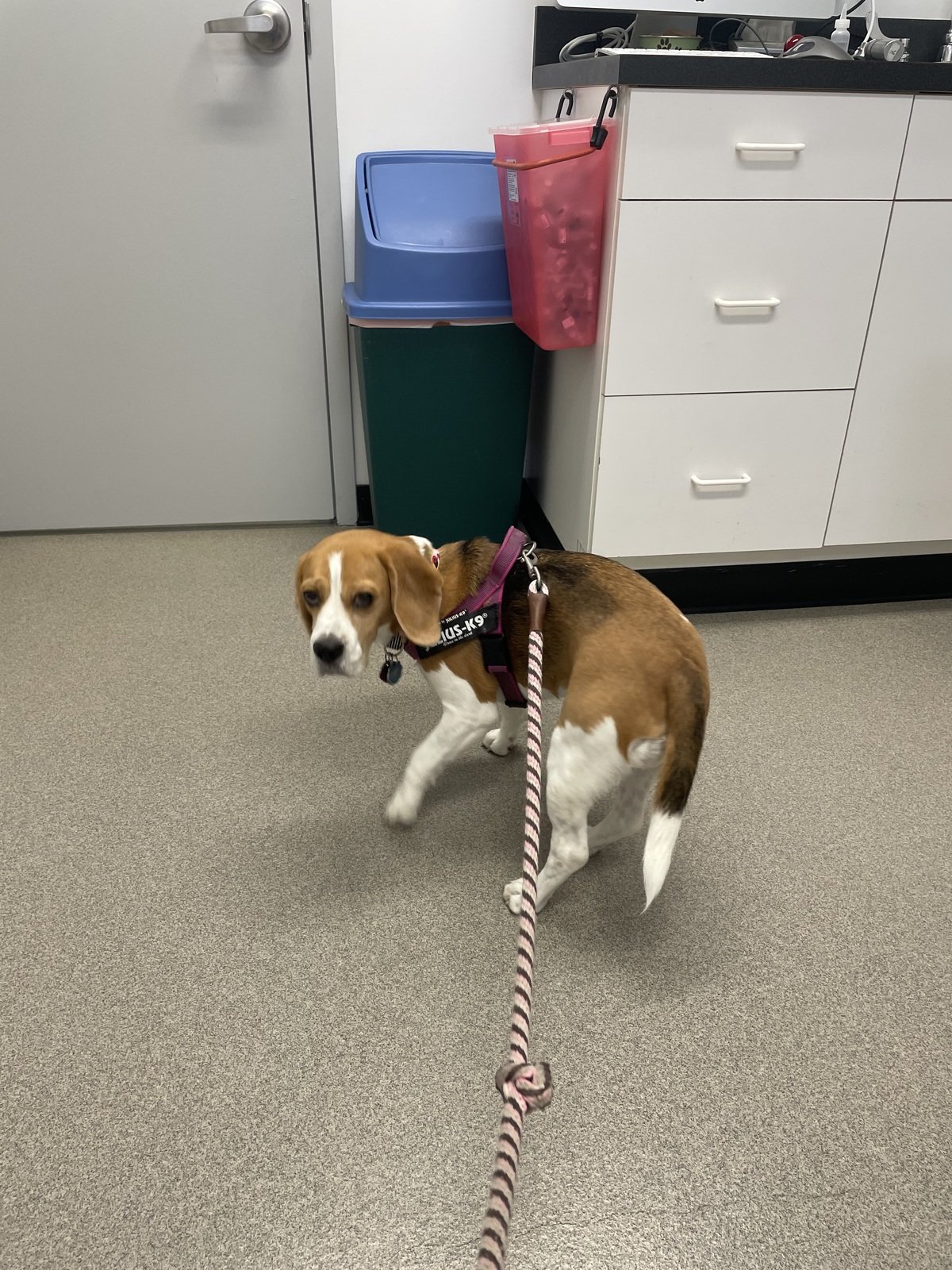Why are Beagles used in lab testing?
Understanding the Role of Beagles in Research: a look into their gentle nature and significance in scientific studies
Beagles are the most commonly used breed of dog for research and lab testing, thanks to their kind and placid nature and compact yet robust physique. Let's take an in-depth look at this difficult and highly emotive topic to find out more.
1) Why are Beagles used in lab testing?
As any Beagle owner will tell you, these lovable hounds are playful, friendly, docile, and incredibly trusting. They are very social creatures and love to spend time with humans and other dogs. Beagles are very forgiving and rarely aggressive, tolerating many things that other dogs would find unacceptable. Sadly, it is these character traits that make Beagles the top choice for animal testing laboratories, as they are more tolerant than other dogs of living in these conditions.
Dogs are used for laboratory testing as their body systems are very similar to humans and they suffer from many of the same disorders. Initially, researchers would take stray dogs from pounds or rescue centers for use in labs, but the varying sizes and types of these dogs made it hard for them to compare and standardize results. In the 1960s the search began for the 'ultimate' laboratory dog breed, and Beagles became the breed of choice.
Beagles ticked all the boxes when it came to the perfect lab dog - they were low maintenance, happy to live in packs or small groups, and highly tolerant of human interactions. They were also easy to breed, and Beagle breeding centers quickly sprang up to supply labs with thousands of puppies.
Beagles, with their gentle and forgiving nature, are commonly chosen for laboratory testing.
2) What are Beagles used for in labs?
***Trigger warning - dog lovers may find some of the themes in this section distressing.***
In the past, Beagles were used for some particularly hideous laboratory tests, such as experiments with radioactive elements and exposure to toxic levels of tobacco and other poisonous substances. The results of these tests were often horrific and difficult to comprehend.
While these experiments yielded results that contributed to advancing human medicine and other scientific developments, they were often highly unethical and without question very painful for the Beagle test subjects. This led to strict animal welfare legislation being put in place to protect laboratory Beagles, although many people still regard the use of Beagles in labs as an abhorrence that must be stopped altogether.
Today, Beagles are still used in labs all around the world, with nearly 60,000 bred for this purpose every year in the U.S. alone. The good news is that alternative testing methods are rapidly advancing, and some scientists predict that the use of Beagles in labs will be phased out within a decade or two.
3) Are Beagles used for cosmetic testing?
Nowadays, dogs are not used for the testing of cosmetic products anywhere in the world. But this doesn’t mean that Beagles aren't involved in the process, as they could be used for the testing and development of chemicals that go on to be used in cosmetics.
Cruelty-free cosmetics campaigners claim that the use of dogs and other animals in the cosmetics production process is unnecessary, as there are already thousands of safe cosmetic chemicals and formulations that can be used. In addition, non-animal testing methods have become far more advanced in recent years, negating the need for any animal to be harmed in the production of human cosmetics.
Unfortunately, labels such as 'cruelty-free' or 'not tested on animals' are not always reliable, as there is no legislation to govern what these terms actually mean. If you are concerned about the potential use of Beagles and other animals in the manufacture of your cosmetics and toiletries, look for brands that are approved by organizations such as PETA or the AAVS.
Unveiling the truth about Beagles and their involvement in cosmetic testing, advocating for cruelty-free choices.
4) Are laboratory Beagles ever rehomed?
Although this has been a sorry tale so far, the good news is that there is a happy ending! Many U.S. states have now passed a law mandating that any Beagles no longer used for testing be made available for adoption, and these dogs often go on to live long, happy lives in loving family homes. This has saved many Beagles from being euthanized at the end of their time in the laboratory, giving them at least a few years of happiness after their time as laboratory dogs.
An in-depth study into the rehoming of ex-laboratory Beagles found that these dogs adapted well to family life, forming strong bonds with their new owners and integrating well with children and other pets. The main issues were reported to be separation anxiety and house soiling, but 9 out of 10 households that rehomed a laboratory Beagle said they would do so again.
This research is hugely important and gives hope that many more countries around the world will make it compulsory for ex-laboratory Beagles to be rehomed rather than euthanized. Every single beautiful Beagle deserves the chance of a loving home, but none more so than those who have spent their entire lives in a clinical laboratory!
While the idea of Beagles being used for laboratory testing is hard to think about as a Beagle owner. progress has been made thanks to stringent animal welfare legislation. Many Beagles go on to be rehomed by loving families once their laboratory life comes to an end.
If you enjoyed this article, you might also like:
🐶 Ultimate guide to exercising your Beagle
And don’t forget to come hang out with me and Cocoa on Facebook and Instagram where we share our adventures with you.
If you really loved our content and would like to hear all our latest Beagle news, join our mailing list here.
You can learn more about my Beagle Cocoa and me here.




